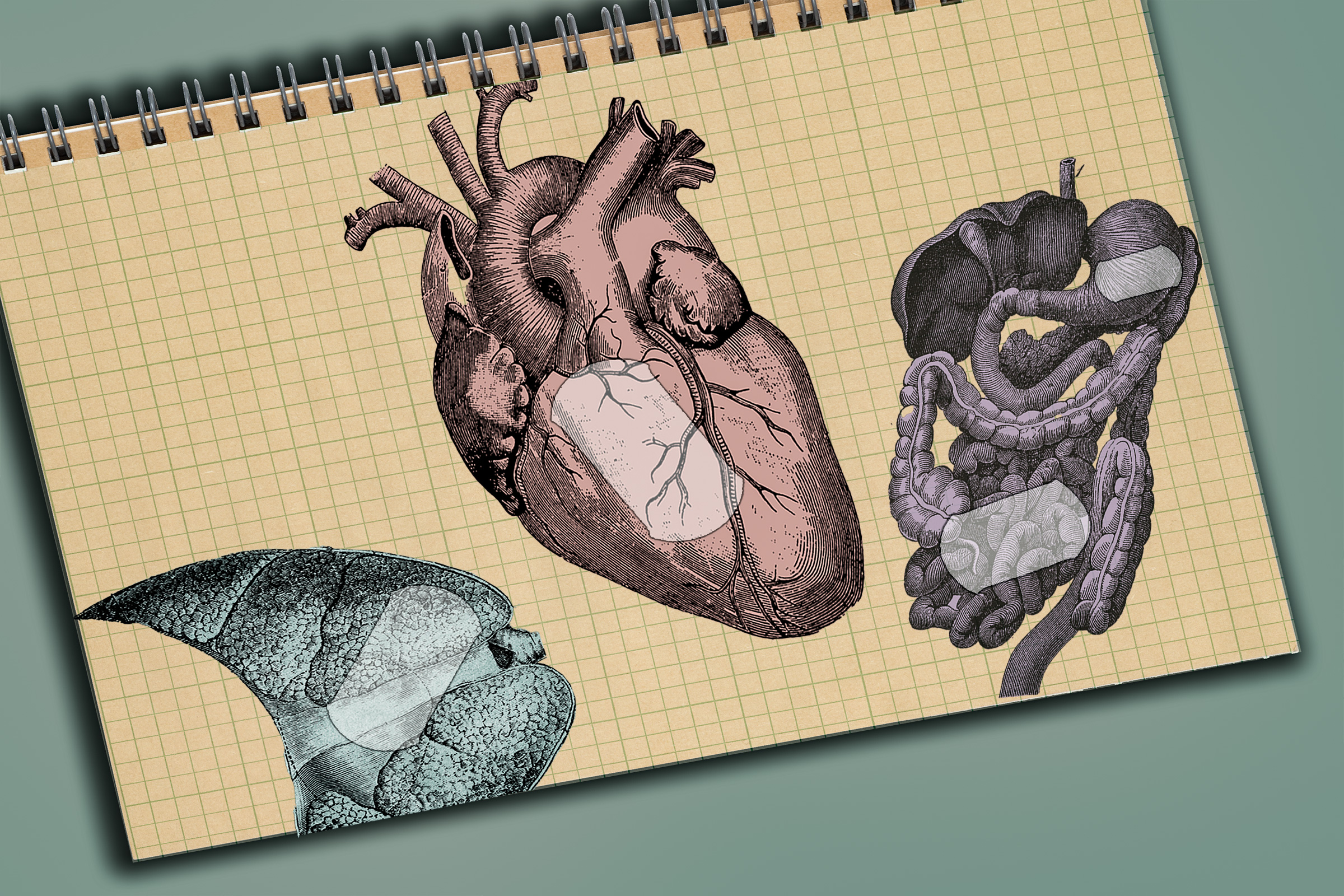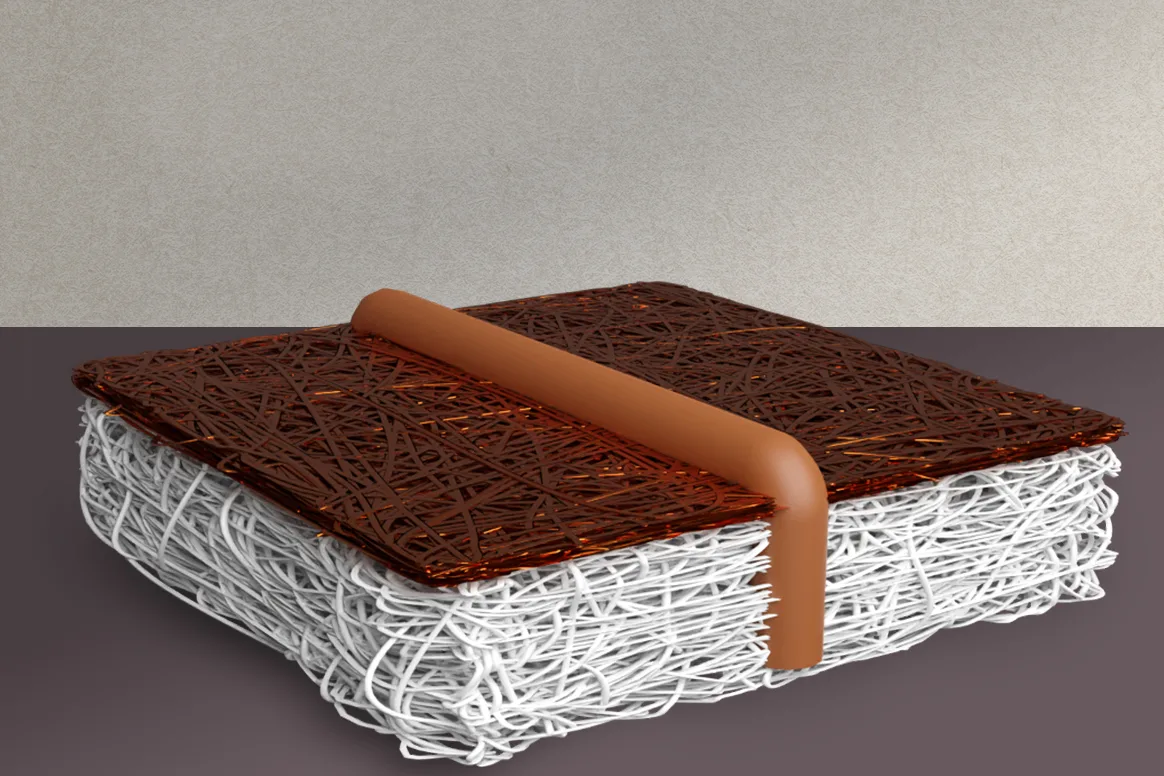On April 9, an intriguing trailer adorned with the phrase “Born by Fire” rolled through MIT’s North Corridor, also known as the Outfinite. Students clad in bright orange construction vests carefully unloaded their innovative creation, attracting a crowd of curious onlookers. Encased in a sleek, aerodynamic shell, the multi-occupancy solar vehicle, named Gemini, boasts 5 square meters of solar panels. Designed and built by the Solar Electric Vehicle Team (SEVT), Gemini is set to compete in the 2024 American Solar Challenge. The vehicle made its public debut outside Building 13 during this year’s Edgerton Center Student Teams Showcase, proudly displaying the first-place trophy from a prior event atop its structure, shimmering in the sunlight.
Shortly after, MIT Motorsports showcased their eye-catching red electric race car, MY24. In a display of MIT’s collaborative spirit, SEVT members halted their own activities to assist the Motorsports team in moving MY24 into Lobby 13. Such teamwork is a hallmark of the Edgerton teams. MY24 is gearing up for two significant competitions: the FSAE Hybrid event in Loudon, New Hampshire, on May 1, followed by the FSAE Motorsports event in Michigan later in June.
The Third Annual Edgerton Center Showcase buzzed with excitement as students, faculty, and visitors gathered to witness the passion and innovation of 14 student teams. Team members eagerly presented an array of technologies including autonomous watercraft, cutting-edge rockets, wind turbine prototypes, assistive devices, and hydrogen-powered turbine engines. “Witnessing the culmination of what MIT students can create in such diverse forms was truly inspiring. It was invigorating to see everyone’s passion and creativity flourish in each project,” remarked Anhad Sawhney, a junior and president of the MIT Electronics Research Society (MITERS) and captain of the Combat Robotics Club.
In one corner, children gravitated toward the Combat Robotics table, fascinated by videos of the team’s thrilling matches on the Discovery Channel’s Battlebots series. Nearby, towering rockets nearly touched the ceiling, captivating the attention of all who passed. Suddenly, the air filled with the crackling sounds of electricity. Attendees soon discovered that it was not a technical glitch but rather a Tesla coil created by MITERS, where bolts of lightning danced along to sounds input via a computer keyboard. Founded in 1973, MITERS provides a vibrant space for students to innovate and experiment with quirky inventions like the motorized shopping cart, DOOMsled.
Close to MITERS, the Spokes team delighted attendees with homemade milkshakes produced from a bike-powered blender. A quick bike ride down the street transformed simple ingredients into delicious treats for all to enjoy. This Edgerton team plans to embark on a biking journey across the country this summer, conducting STEM outreach classes inspired by MIT’s hands-on learning philosophy.
One of the newest teams at the Edgerton Center, The Assistive Technology Club, showcased groundbreaking innovations aimed at improving lives. Their blind assistance team is developing an app that harnesses machine learning to highlight the most pertinent environmental features for visually impaired users. Additionally, the adaptive game controller team is creating a one-handed game controller designed for a user who has experienced paralysis due to a stroke. Ben Lou, a junior on the robotic self-feeding device team and a rare disease patient, shares, “Eating is essential, yet current devices for individuals like me often fall short—being inflexible with various foods and prohibitively expensive. Our self-feeding team is rethinking this approach entirely, using a new utensil that promises to reduce spillage and accommodate various positional needs.”
Beyond showcasing their projects, the event also served as a vibrant platform for exchanging ideas and fostering collaboration. The MIT Wind team debuted their first working prototype of a wind turbine, which will serve as a benchmark for competing in the Collegiate Wind Competition next year. “We are eager to continue our work on rotor optimization, blade fabrication, power conversion, and designing offshore foundations to remain competitive with other teams at the CWC next year,” said team captain Kirby Heck. “As a new team within the Edgerton Center, this showcase offered us a valuable chance to connect with industry partners and the MIT community, while gathering insightful feedback on our design for the next iteration.”
The event wrapped up with a brief program, where SEVT captain Adrienne Wing Suen Lai and first-year Electric Vehicle Team member Rachel Mohommed recognized all participating teams. A heartfelt tribute was also extended to Peggy Eysenbach, the event organizer and development officer at the Edgerton Center, who received a bouquet of flowers. Edgerton Center Director and Professor Kim Vandiver welcomed the MIT community, reflecting on the 30-year legacy of engineering teams supported by the Edgerton Center.
Vandiver believes that the fun and creativity experienced in these teams cultivate powerful career skills. “Engaging in an engineering team offers exceptional professional preparation. Graduates from these programs confront challenges fearlessly, consistently ascending into project management roles,” Vandiver stated.
Photo credit & article inspired by: Massachusetts Institute of Technology



